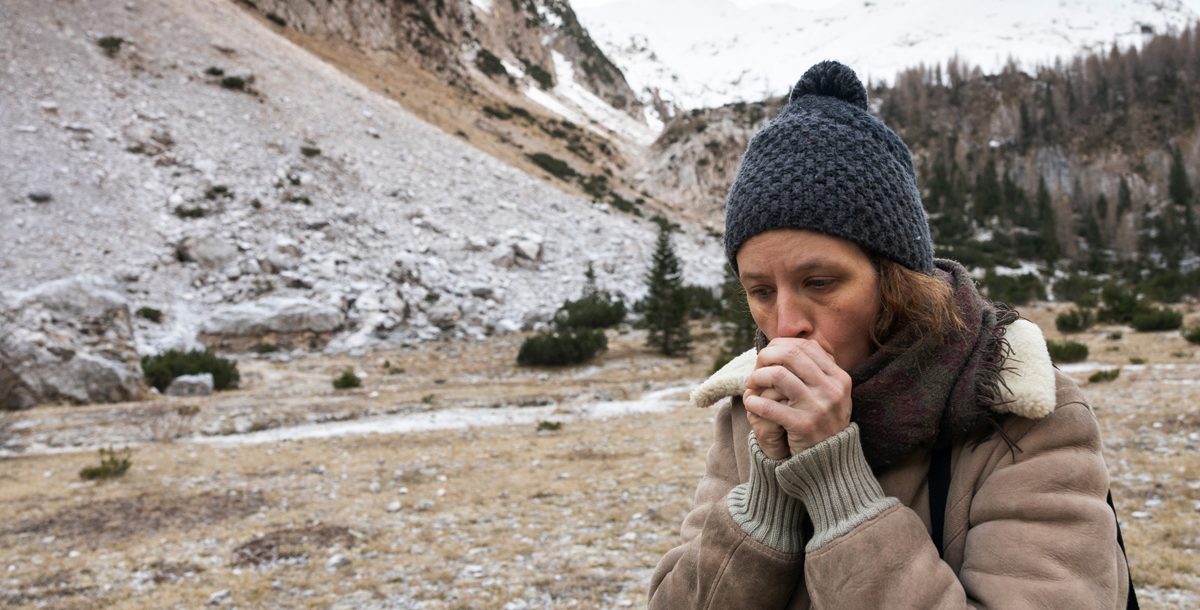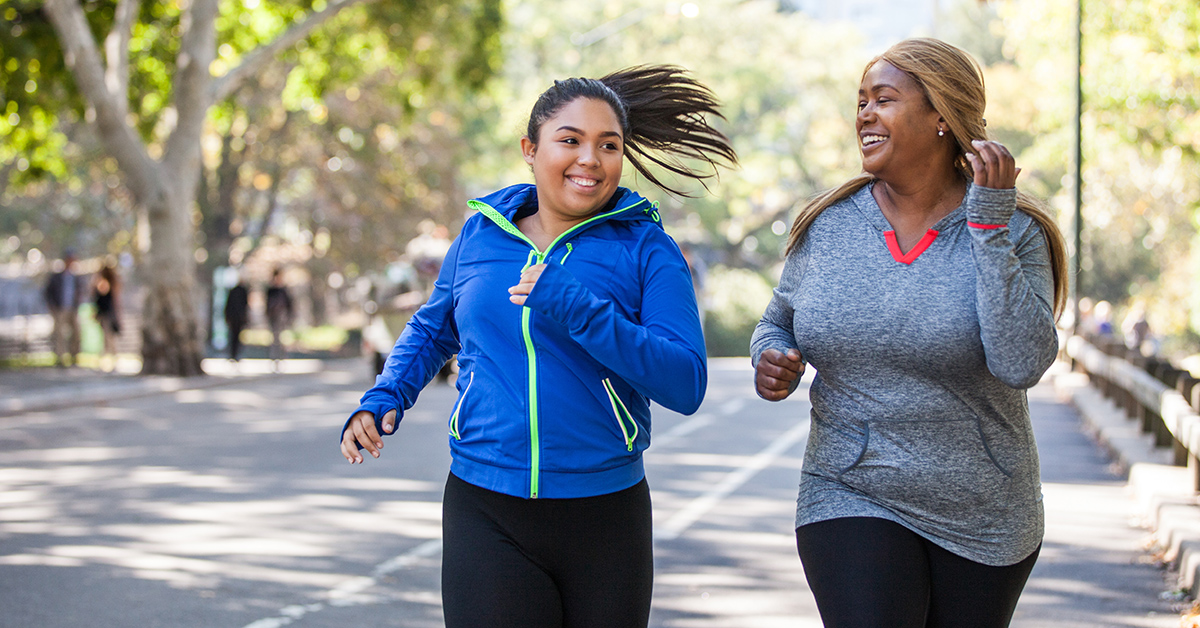With the weather becoming colder, it is important to keep safety top of mind. Chris Johnson, M.D., from the pediatric emergency department at St. Mary’s Hospital, breaks down what hypothermia is and how to prevent it.
What is Hypothermia?
Hypothermia is when the body gets very cold and can’t warm back up to a normal temperature. The normal body temperature is 98.6 degrees, and hypothermia is when the body temperature drops below 95 degrees.
While extremely cold temperatures can make it easier to become hypothermic, it can also happen when temperatures are in the 40s and 50s if an individual is not dressed appropriately. Your body being wet, from either sweating or being in water, can also make it easier to develop hypothermia. Hypothermia can even occur while being indoors if there is not proper heating.
Children, especially infants, are more likely to get hypothermia compared to adults. This is mainly because very young children are not able to shiver. It is also because young children don’t always have the verbal skills to tell you they are cold.
What are the symptoms?
Early symptoms:
- Shivering
- Clumsiness or unsteadiness while walking
- Trouble speaking clearly or slurred speech
- Lack of interest in activities
- Numb hands and fingers, problems performing simple tasks
Late symptoms:
- The trunk of the body is cold to touch
- Sleepiness
- Confusion
- No shivering
- Paradoxical undressing – people get confused and try to undress
- Passing out or losing consciousness
- Slow breathing or no breathing
- Slow pulse or no pulse
How is it treated?
Treatment depends on the severity of the hypothermia. Treatment of mild hypothermia includes getting out of the cold or wet environment, removing wet clothing, and using warm blankets as well as heaters. Moderate to severe hypothermia is generally treated in the hospital where doctors can use special techniques to warm the core body temperature more quickly.
Thankfully most healthy people who get mild or moderate hypothermia recover completely without permanent injury.
Can hypothermia be prevented?
Yes! It can be prevented by avoiding cold temperatures for long periods of time. Dressing in warm clothes with lots of layers is also helpful. Make sure to change out of wet clothes as quickly as possible.
For children, have them come inside for a warm-up break when playing outside in the cold. Also make sure they are dressed warmly, including hats and gloves or mittens.
Learn more about the health care services offered at Bon Secours.





